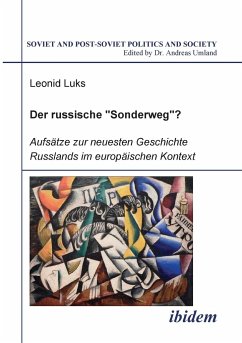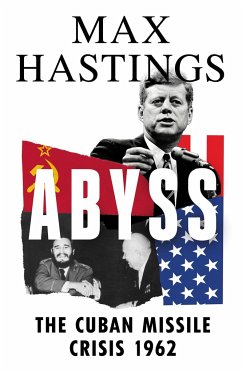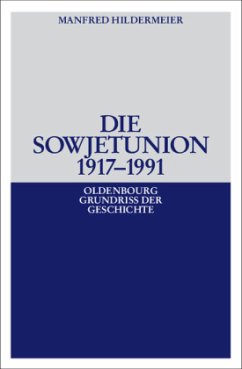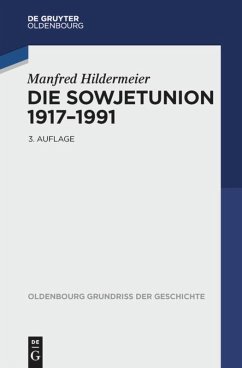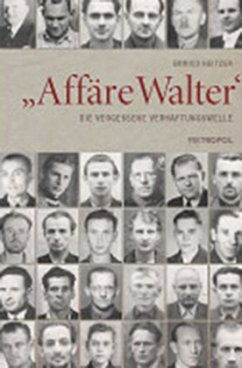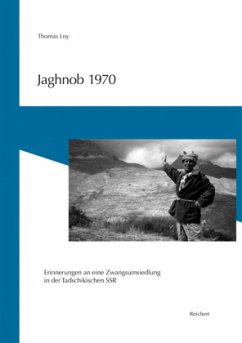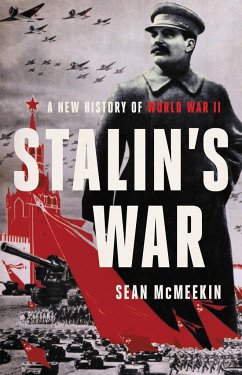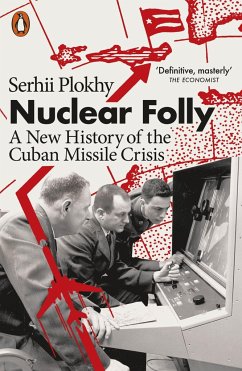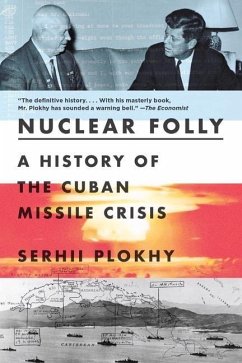Nicht lieferbar
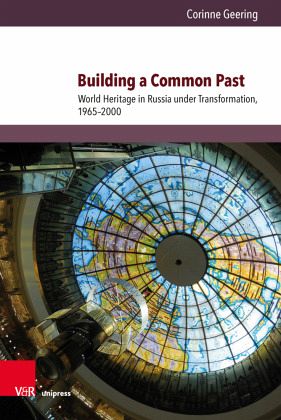
Building a Common Past
World Heritage in Russia under Transformation, 1965-2000. Dissertationsschrift
Versandkostenfrei!
Nicht lieferbar
How did a kremlin, a fortified monastery or a wooden church in Russia become part of the heritage of the entire world? Corinne Geering traces the development of international cooperation in conservation since the 1960s, highlighting the role of experts and sites from the Soviet Union and later the Russian Federation in UNESCO and ICOMOS. Despite the ideological divide, the notion of world heritage gained momentum in the decades following World War II. Divergent interests at the local, national and international levels had to be negotiated when shaping the Soviet and Russian cultural heritage d...
How did a kremlin, a fortified monastery or a wooden church in Russia become part of the heritage of the entire world? Corinne Geering traces the development of international cooperation in conservation since the 1960s, highlighting the role of experts and sites from the Soviet Union and later the Russian Federation in UNESCO and ICOMOS. Despite the ideological divide, the notion of world heritage gained momentum in the decades following World War II. Divergent interests at the local, national and international levels had to be negotiated when shaping the Soviet and Russian cultural heritage displayed to the world. The socialist discourse of world heritage was re-evaluated during perestroika and re-integrated as UNESCO World Heritage in a new state and international order in the 1990s.





